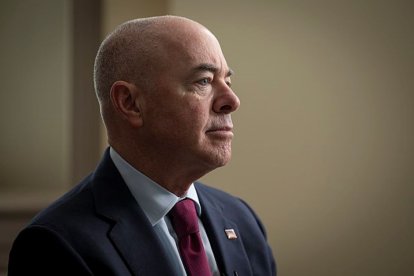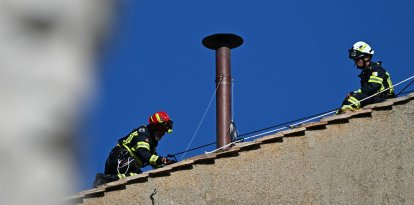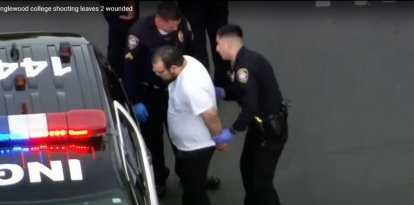Secretary Mayorkas ignores questions on whereabouts of 600,000 illegal immigrants on the run
The escapades "have been a challenge...regardless of the administration (...) We are taking giant steps...dedicating enormous resources to improving our border security."

Alejandro Mayorkas / Wikimedia Commons.
During an interview aired on MSNBC, the Secretary of the Department of Homeland Security (DHS), Alejandro Mayorkas, evaded questions about the whereabouts of the more than 600,000 illegal immigrants who entered this country through the southern border and did not go through the asylum process.
Mayorkas evaded questions
On the Jose Diaz-Balart Reports program, the host, Jose Diaz-Balart, asked Mayorkas: "Some of the criticisms include, for example, the more than 600,000 - absconders - people who came into this country and didn't go through the process of applying for asylum. So do you know where they are, and who they are, the people who don't get.... don't apply for asylum when they come here?
The secretary evaded the question and responded by stating that the Biden Administration increased the number of Border Patrol agents and strengthened other measures such as dedicating "enormous resources" to control illegal immigration:
Mayorkas continued by saying that the problem of illegal immigrants arriving through the southern border and fleeing without seeking asylum has always "been a challenge,” in all administrations and stated that "within a broken system, we are doing everything we can":
RECOMMENDATION





















